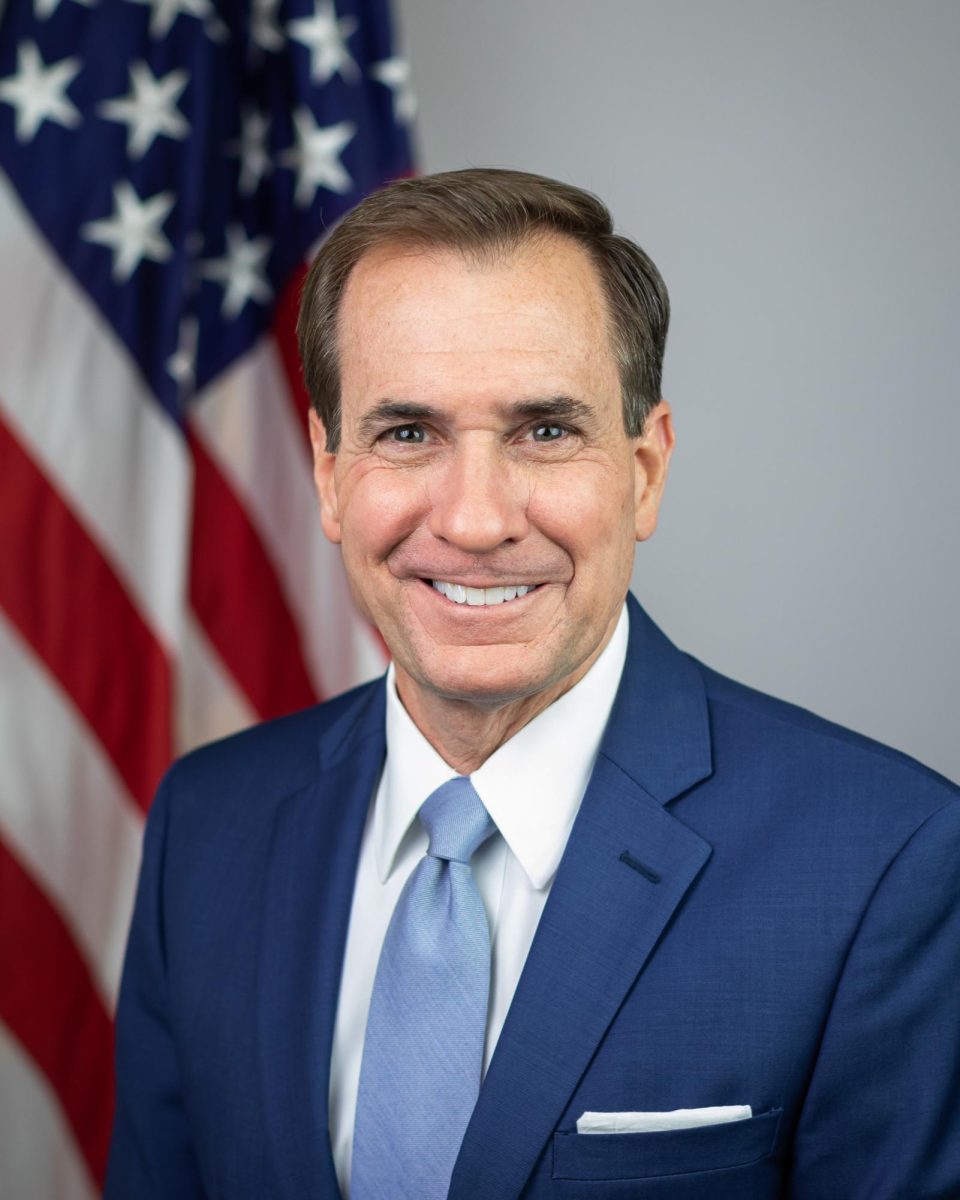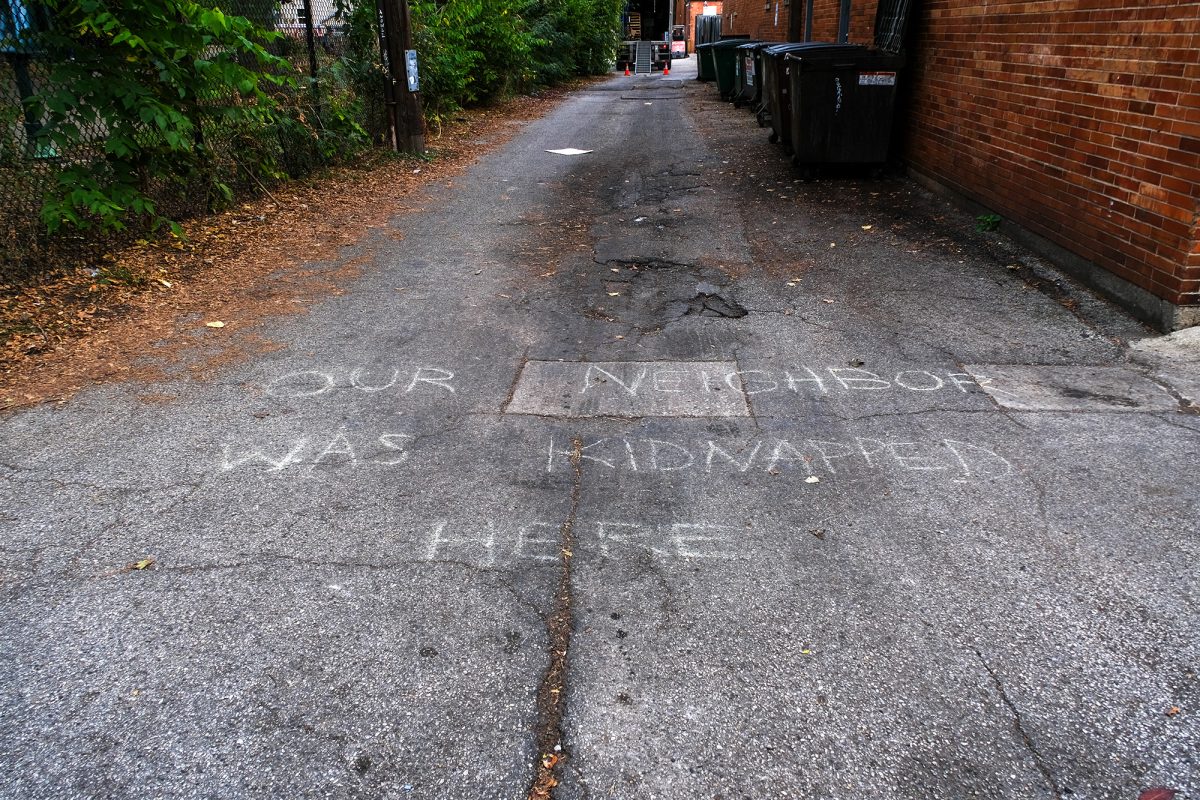Radiators in International House have been emitting “noxious fumes” for the past month after being painted with non-heat-resistant paint, causing headaches, dizziness, sore throats, and nausea, according to residents. These fumes have caused one resident to prematurely end his contract with I-House and another to relocate to a hotel.
According to Bill Miller, facilities manager at I-House, the radiators were sandblasted and repainted last summer as part of a $27 million renovation.
Residents began to notice a smell associated with the radiators when the heat was first turned on October 22, according to Jennie Phelps, Residents’ Council treasurer.
“Within the first two hours there were noxious fumes. I got a headache, and I was nauseous,” said Bernadette Steele, a resident of I-House.
One resident, posting anonymously on the I-House Ombudsman System website, reported “some kind of very thick fumes so bad that I could not breathe,” while another wrote saying their room had become a “gas chamber” and that they had been forced to sleep in outdoor gear for protection.
Malou Innocent, the Resident Council tribune, said she was worried the fumes might cause health problems. “I feel like my brain cells are deteriorating,” she said. “These noxious fumes are irritating some of the residents with asthma.”
“It appears that this issue is not on the top priority of the management of the International House,” said Francis Soya, president of the Residents’ Council. “This has been going on for at least a month now. We are very concerned about people’s safety. They are dragging the issue.”
William McCartney, director of I-House, said that Miller had obtained material sheets from the contractor with details about the paint used on the radiators and had sent them immediately to the University’s Office of Safety and Environmental Affairs for evaluation.
Todd Huffer, industrial hygienist at the Office of Safety and Environmental Affairs, said last Monday that he had only been aware of the situation for a week and a half.
Steve Beaudoin, the director of safety, added, “It was actually our understanding that this only occurred in one room.”
Miller said he disagreed. “Todd Huffer has known about it since the issue was first brought to our attention,” he said. “I told them this was a widespread phenomenon.”
Huffer said that he “did not see anything of concern” when he looked at the material sheets.
Beaudoin said that the Sherwyn-Williams paint “released non-toxic fumes” when it was heated for the first time, and that there were no adverse side effects.
“I’ve been told they’re not toxic, but anything that makes you nauseous has to be bad for you,” said Steele, who evacuated her room on November 24 and went to a hotel. “We pay for these rooms. We don’t pay for things to make us sick.”
“The Office of Safety and Environmental Affairs are taking their time,” Soya said, adding that the residents did not receive any information regarding the matter from the I-House administration until November 18. This caused a few residents to buy heating appliances, which are a fire hazard.
“I specifically told him [McCartney] either he allowed people to buy a heater or provide them with some kind of alternative,” Soya said. “And he said no.”
Richard Page, a resident, terminated his contract with I-House after spending four nights on a cot in a study room because of the fumes coming from his radiator. He said that he met with Miller, who told him not to worry and that there was no problem in his room. “That really pushed me over the edge,” he said. “Whatever chemicals were burning were burning at full intensity.”
McCartney said that the safety office has still not released a report on the matter.
“The I-House administration’s policy seems to be to keep everybody in the dark,” Page said. “If anyone has medical bills or anything, I think I-House should pick up the tab.”
When asked what steps I-House might take to provide residents with compensation, McCartney said he had not thought about the matter, adding, “We don’t know there’ve been any long-term risks associated with it.”








